
The Benefits of Refinishing Your Hardwood Floors
The Benefits of Refinishing Your Hardwood Floors There are many benefits to refinishing your hardwood floors, including: Increased durability: Refinishing your floors will make
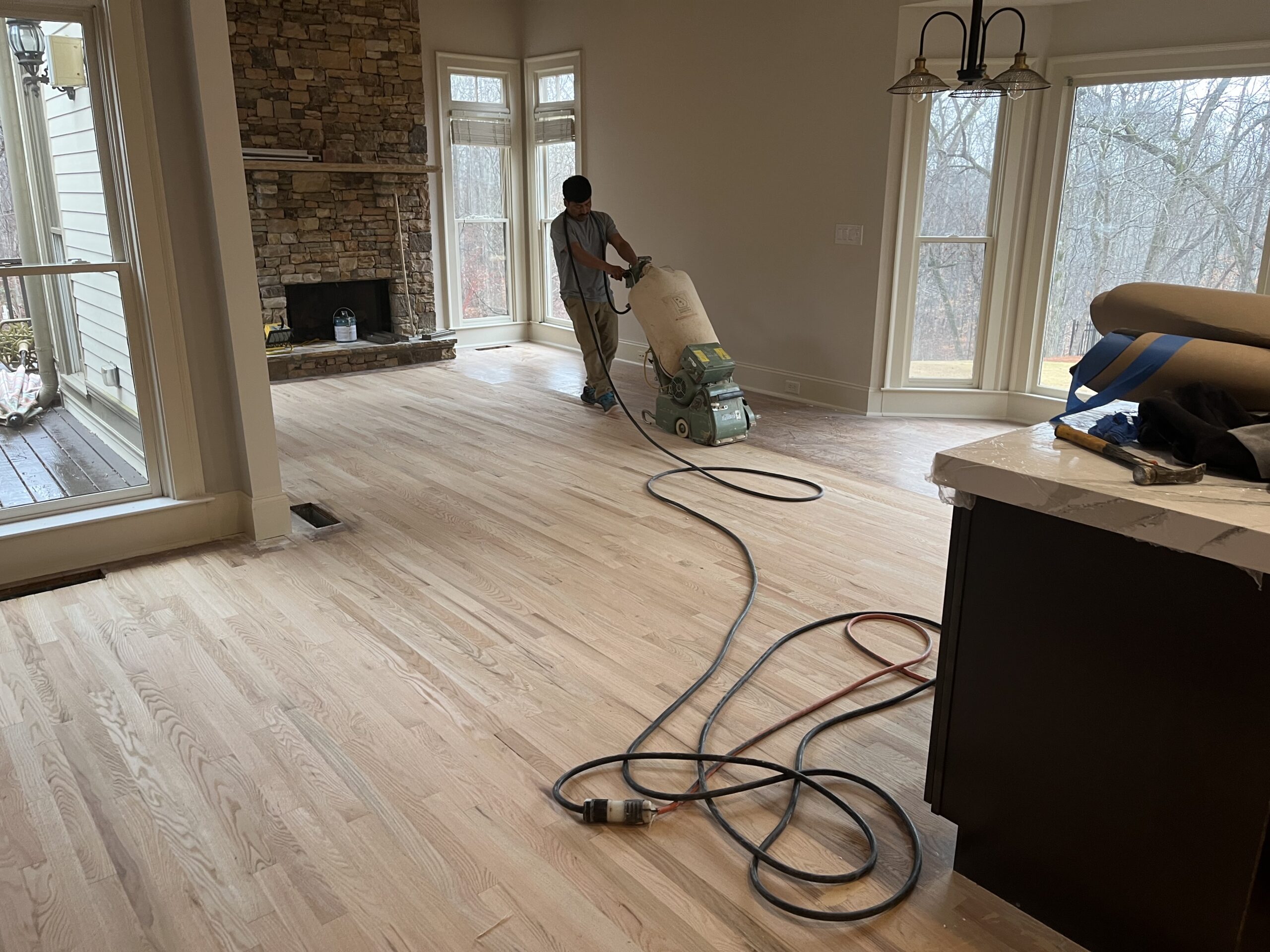
When looking for a hardwood flooring contractor, it can be difficult to understand the difference between hardwood floor refinishing and hardwood floor resurfacing. There are many contractors that offer both services, but not all of them do a top quality job across the board. In this article we’ll look at what each type of service entails and what you should look for in a hardwood flooring contractor. When it comes to hardwood floors, there are two main types of restoration: refinishing and resurfacing. Both processes involve sanding down the floor to remove the existing finish, but they differ in terms of the amount of material that is removed.
If you have hardwood floors and they have become worn down or damaged, the best thing to do is resurface them rather than refinish them, as it will be difficult to match the original color. Plus, while your contractor is resurfacing your flooring they might as well sand off any scratches or dings, and touch up any areas where the color has worn away. Read on to find out which process is right for your particular situation – but first be sure to check in with a home inspector or hardwood flooring contractor to get some recommendations. Refinishing is a more invasive process where the top layer of wood is sanded down to reveal a fresh layer of wood beneath. This is ideal for floors that are severely damaged or scratched. Resurfacing, on the other hand, involves sanding down just the top layer of finish without removing any wood. This is a less invasive option that can be used for floors that are in good condition but just need a new finish.
There are two methods for refinishing and resurfacing hardwood floors: sanding and buffing. Sanding is the most common and effective method, while buffing is less invasive and can be done more quickly. When sanding hardwood floors, the first step is to remove the old finish with a floor sander. This exposes the bare wood, which can then be stained or sealed. Once the new finish is in place, the floor will need to be sanded again to even out the surface. Buffing hardwood floors is a less invasive process that can be done more quickly than sanding. To buff a floor, a buffer is used to remove the old finish and polish the surface of the wood. Buffing does not expose the bare wood like sanding does, so it cannot be stained or sealed.
When it comes to hardwood floors, the debate between refinishing and resurfacing is one that often comes up. Both options have their pros and cons, but ultimately, the decision comes down to cost. Refinishing is typically more expensive than resurfacing, but it also offers a number of benefits that resurfacing simply can’t match. If you’re trying to decide between refinishing and resurfacing your hardwood floors, the cost is definitely something you’ll want to take into consideration. Refinishing typically costs between $2 and $4 per square foot, while resurfacing typically costs between $1 and $2 per square foot. So, if you have a large area that needs to be refinished, the overall cost can quickly add up.
We all know that hardwood floors can be a beautiful addition to any home. But, over time and with traffic, they tend to become scratched, scuffed, and worn down. You might think that you only have two options: refinish the floor which means sanding the top layer of wood away and applying a new coating (usually polyurethane) or just buy new flooring altogether. Let’s see what you can do to bring your old hardwood floors back to life. There are two main types of hardwood flooring: solid and engineered. Solid hardwood is made from a single piece of wood, while engineered hardwood is made from multiple layers of wood glued together. Both types of hardwood can be finished with a stain or a surface coating.
Hardwood Floor Resurfacing is the process of stripping the old finish off of the floor and applying a new one. Hardwood Floor Refinishing is the process of sanding down the floor to bare wood and then applying a new finish. Both refinishing and resurfacing will give your floors a new lease on life. But there are some key differences between the two processes that you should be aware of before you decide which one is right for your home.
Recommendations for Best Results
When it comes to hardwood floor refinishing or resurfacing, there are a few things you can do to ensure the best possible results. First, be sure to clean your floors thoroughly before starting the process. Next, sand down the floors until they are smooth before applying any finishes. Finally, be sure to apply the finish evenly and smoothly to avoid any unevenness or streaks in the final product.
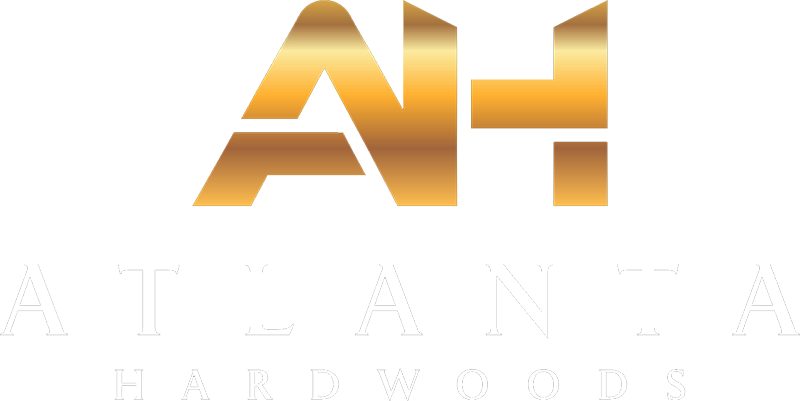
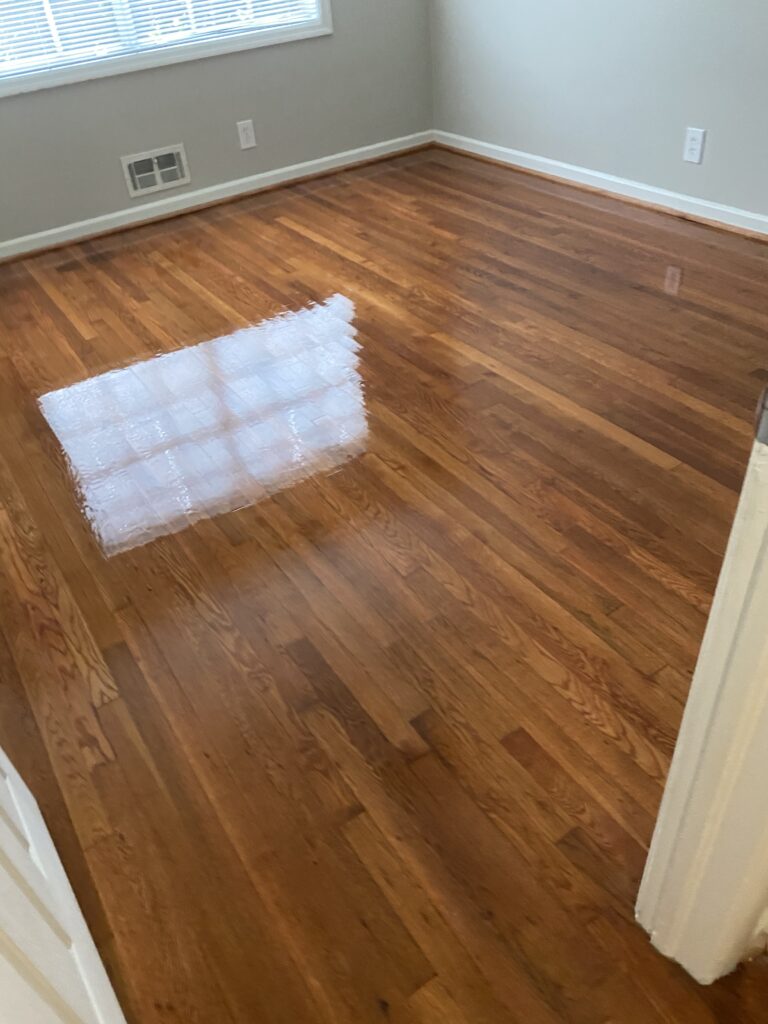


The Benefits of Refinishing Your Hardwood Floors There are many benefits to refinishing your hardwood floors, including: Increased durability: Refinishing your floors will make
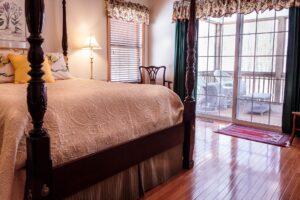
Refinishing Hardwood Floors: How Atlanta Hardwoods Can Help Bring Your Floors Back To Life Back To Life Are your hardwood floors looking a little worse

Atlanta Hardwoods: Your Local Source For Amazing Flooring Atlanta Hardwoods is your local source for the best flooring in the area. We have many finishes

Atlanta Hardwoods – The Best In The Business The flooring industry can be overwhelming and it’s easy to get lost in the sea of options.
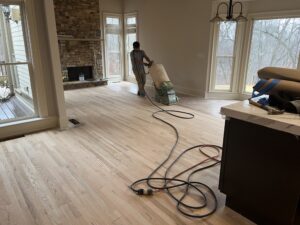
Atlanta Hardwoods: We Have The Best Employees In The Business The employees of Atlanta Hardwoods are all highly experienced and motivated to provide our customers

Choosing Your Flooring Type From Atlanta Hardwoods There are many factors to consider when choosing your flooring type. The first is the look you are

Atlanta Hardwoods Provides Residential And Commercial Flooring Services Hardwood Flooring is a highly sought after product that provides a beautiful and practical addition to any

Atlanta Hardwoods – The Area’s Best Atlanta Hardwoods is the hardwood floor company that every homeowner in Atlanta has been looking for. From installation to
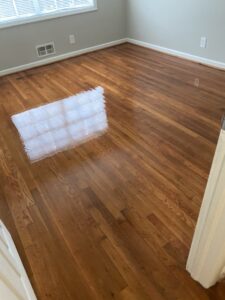
Atlanta Hardwoods: Dedicated To Outstanding Customer Service At Atlanta Hardwoods, we’re proud of our team. From the moment a customer walks in the door to
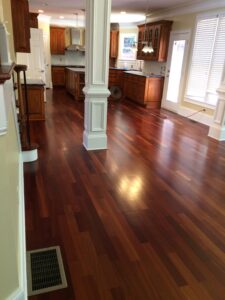
What’s the difference between Hardwood Floor Refinishing and Hardwood Floor Resurfacing? When looking for a hardwood flooring contractor, it can be difficult to understand the
| Cookie | Duration | Description |
|---|---|---|
| cookielawinfo-checkbox-analytics | 11 months | This cookie is set by GDPR Cookie Consent plugin. The cookie is used to store the user consent for the cookies in the category "Analytics". |
| cookielawinfo-checkbox-functional | 11 months | The cookie is set by GDPR cookie consent to record the user consent for the cookies in the category "Functional". |
| cookielawinfo-checkbox-necessary | 11 months | This cookie is set by GDPR Cookie Consent plugin. The cookies is used to store the user consent for the cookies in the category "Necessary". |
| cookielawinfo-checkbox-others | 11 months | This cookie is set by GDPR Cookie Consent plugin. The cookie is used to store the user consent for the cookies in the category "Other. |
| cookielawinfo-checkbox-performance | 11 months | This cookie is set by GDPR Cookie Consent plugin. The cookie is used to store the user consent for the cookies in the category "Performance". |
| viewed_cookie_policy | 11 months | The cookie is set by the GDPR Cookie Consent plugin and is used to store whether or not user has consented to the use of cookies. It does not store any personal data. |